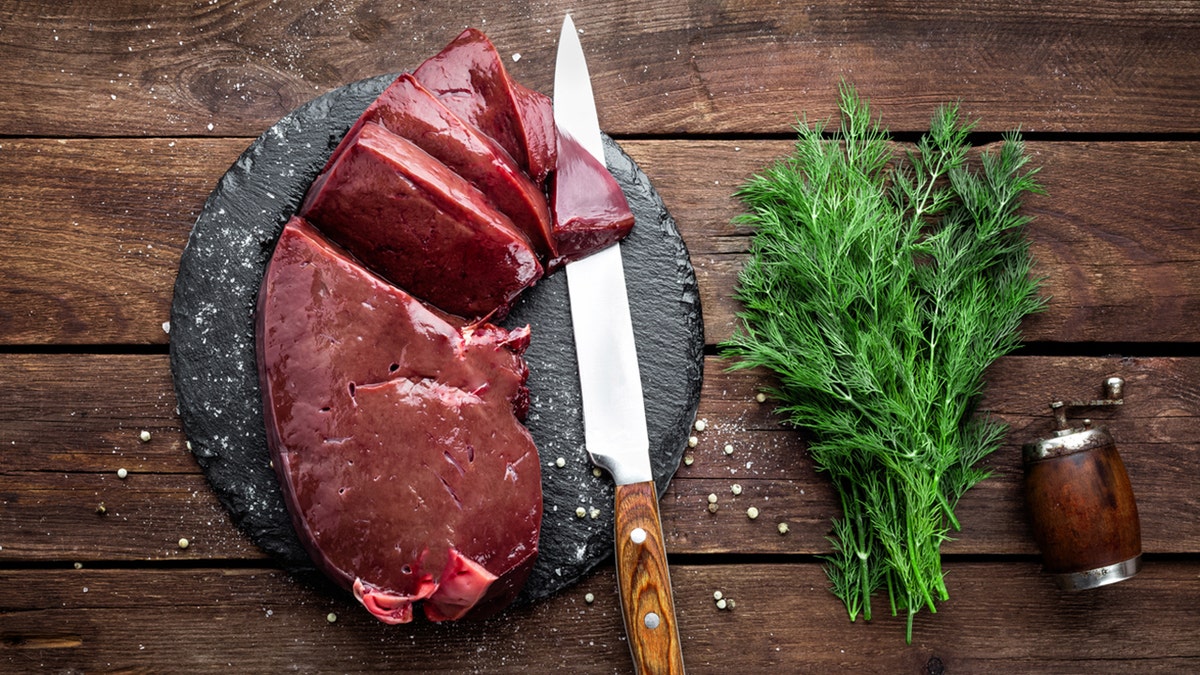Fox News Flash top headlines for February 26
Fox News Flash top headlines are here. Check out what's clicking on Foxnews.com.
Are your leftovers safe to consume?
The story of a New England college student who had both his legs amputated after eating rice, chicken and lo mein leftovers from a restaurant meal is getting renewed attention due to a viral video.
The 19-year-old was admitted to the pediatric intensive care unit (PICU) of Massachusetts General Hospital as a result of "shock, multiple organ failure, and rash," according to the New England Journal of Medicine.
NEW ENGLAND COLLEGE STUDENT HAS LEGS AMPUTATED AFTER EATING LEFTOVER NOODLES
The man had a "prolonged hospital course," with complications including necrosis of the arms and legs and gangrene.
The U.S. Department of Agriculture recommends that people make sure food is cooked to a safe temperature and refrigerate leftovers promptly to ensure that leftovers are safe to eat.
"Not cooking food to a safe temperature and leaving food out at an unsafe temperature are the two main causes of foodborne illness. Safe handling of leftovers is very important to reducing foodborne illness," the agency's Food Safety and Inspection Service said.
Red meats should be cooked to a minimum internal temperature of 145 Fahrenheit (F) as measured with a food thermometer before removing meat from the heat source. The meat should rest for at least three minutes before carving or consuming.

Raw liver on a cutting board (iStock)
All ground meats should be cooked to an internal temperature of 160 F and poultry to an internal temperature of 165 F.
The USDA pointed out that bacteria grow rapidly between the temperatures of 0 F and 140 F, and instructed that hot food must be kept hot at 140 F or warmer to prevent such growth.
Leftovers must be refrigerated within two hours of cooking and all perishable foods that have been left at room temperature for more than two hours should be discarded.
Cold perishable food should be kept at 40 F or below.
Food should be cooled rapidly to reach the safe refrigerator-storage temperature of 40 F or below and leftovers should be covered and wrapped in airtight packaging.
CDC LOOSENS COVID-19 INDOOR MASK GUIDANCE, INCLUDING FOR SCHOOLS
Leftovers can be kept in the refrigerator for three to four days, or frozen for three to four months.
Frozen leftovers are safe indefinitely, but can lose moisture and flavor when stored.
It is safe to reheat leftovers without thawing in a saucepan, the microwave or the oven, and food should be used within three to four days after thawing.
Leftovers should be heated in the microwave until reaching an internal temperature of 165 F, and people should rotate the food for even heating.
It is safe to refreeze any food remaining after reheating previously frozen leftovers to the safe temperature of 165 F.
According to the Centers for Disease Control and Prevention (CDC), an estimated 48 million Americans get sick and 3,000 die each year from foodborne diseases.
Adults aged 65 and older, children younger than age 5, people with weakened immune systems and pregnant women are more likely to get food poisoning and have a more serious illness.
CLICK HERE TO GET THE FOX NEWS APP
People in those groups should not eat undercooked or raw food from animals, raw or lightly cooked sprouts, unpasteurized milk and juices and soft cheese – unless the cheese is labeled as made with pasteurized milk.
The CDC typically coordinates the investigation of between 17 and 36 possible multistate foodborne illness outbreaks each week.
Symptoms of food poisoning often include diarrhea, vomiting, upset stomach and nausea.



